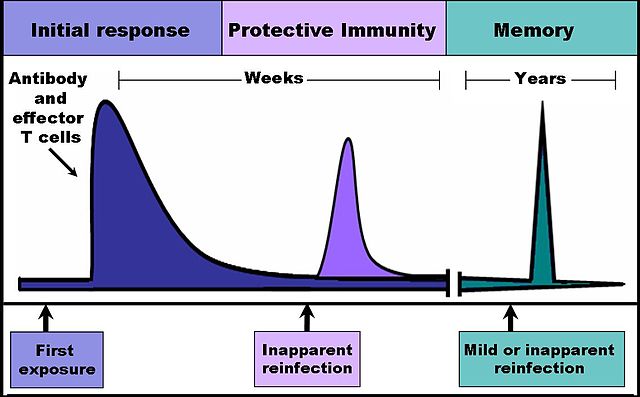 |
This is a file from the Wikimedia Commons. Information from its description page there is shown below.
Commons is a freely licensed media file repository. You can help.
|
 |
This image was uploaded in the JPEG format even though it consists of non-photographic data. This information could be stored more efficiently or accurately in the PNG format or SVG format. If possible, please upload a PNG or SVG version of this image without compression artifacts, derived from a non-JPEG source (or with existing artifacts removed). After doing so, please tag the JPEG version with {{ Superseded|NewImage.ext}}, and remove this tag. This tag should not be applied to photographs or scans. For more information, see {{ BadJPEG}}. |
|
|
 |
This graph image could be recreated using vector graphics as an SVG file. This has several advantages; see Commons:Media for cleanup for more information. If an SVG form of this image is already available, please upload it. After uploading an SVG, replace this template with {{ vector version available|new image name.svg}}. |
Summary
| DescriptionImmune response.jpg |
The time course of an immune response. Immune reactants, such as antibodies and effector T-cells, work to eliminate an infection, and their levels and activity rapidly increase following an encounter with an infectious agent, whether that agent is a pathogen or a vaccine. For several weeks these reactants remain in the serum and lymphatic tissues and provide protective immunity against reinfection by the same agent. During an early reinfection, few outward symptoms of illness are present, but the levels of immune reactants increase and are detectable in the blood and/or lymph. Following clearance of the infection, antibody level and effector T-cell activity gradually declines. Because immunological memory has developed, reinfection at later time points leads to a rapid increase in antibody production and effector T cell activity. These later infections can be mild or even inapparent.
|
| Date |
29 January 2007 |
| Source |
User created but based on . |
| Author |
DO11.10 |
Licensing
I, the copyright holder of this work, hereby publish it under the following licenses:
 |
Permission is granted to copy, distribute and/or modify this document under the terms of the GNU Free Documentation License, Version 1.2 or any later version published by the Free Software Foundation; with no Invariant Sections, no Front-Cover Texts, and no Back-Cover Texts. A copy of the license is included in the section entitled GNU Free Documentation License. http://www.gnu.org/copyleft/fdl.htmlGFDLGNU Free Documentation Licensetruetrue
|
You may select the license of your choice.
|
File usage
The following pages on Schools Wikipedia link to this image (list may be incomplete):
Wikipedia for Schools is one of SOS Children's many educational projects. The world's largest orphan charity, SOS Children's Villages brings a better life to more than 2 million people in 133 countries around the globe. Sponsoring a child is the coolest way to help.




